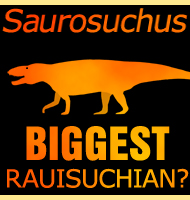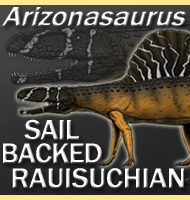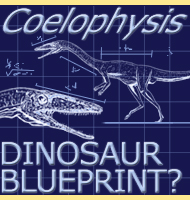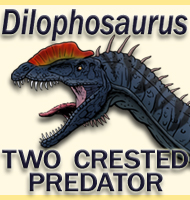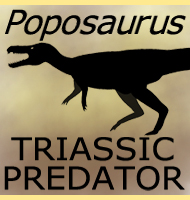


Vivaron
Name: Vivaron
[named after the mythical spirit of a giant rattlesnake].
Phonetic: Ve-va-ron.
Named By: Emily J. Lessner, Michelle R.
Stocker, Nathan D. Smith, Alan H. Turner, Randall B.
Irmis & Sterling J. Nesbitt - 2016.
Classification: Chordata, Reptilia,
Archosauria, Paracrocodylomorpha, Loricata, Rauisuchidae.
Species: V. haydeni (type).
Diet: Carnivore.
Size: Uncertain due to lack of fossil remains, but
comparison to other genera reveals a rough estimate of between 3-3.5
meters long for the holotype individual.
Known locations: USA, New Mexico - Chinle
Foramtion [Petrified Forest Member].
Time period: Norian of the Triassic.
Fossil representation: Fragmentary jaw and hip bones.
Holotype
fossils of Vivaron were first discovered in
2009, however they were
at first thought to represent further remains of the famous
Postosuchus.
The addition of two prong-like projections to the rear
of the maxilla which connect to the jugal have actually revealed that
these fossils do not belong to Postosuchus, but
a different genus of
rausuchian.
The
discovery of a new genus in this part of the Chinle Formation has
already raised the question of other rausuchian fossils discovered here
which have often been associated with Postosuchus
simply by association
of animal type. A second rausuchian genus active at the same time as
Postosuchus also suggests to a more diverse
Triassic ecosystem in this
part of North America, one capable of supporting two genera of large
predators.
Further reading
- A new rauisuchid (Archosauria, Pseudosuchia) from the Upper
Triassic (Norian) of New Mexico increases the diversity and
temporal range of the clade. - PeerJ. 4. - Emily J.
Lessner, Michelle R. Stocker, Nathan D. Smith, Alan H.
Turner, Randall B. Irmis & Sterling J. Nesbitt -
2016.
----------------------------------------------------------------------------
Random favourites
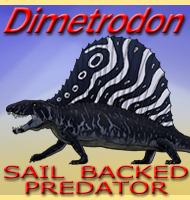 |
 |
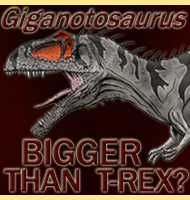 |
